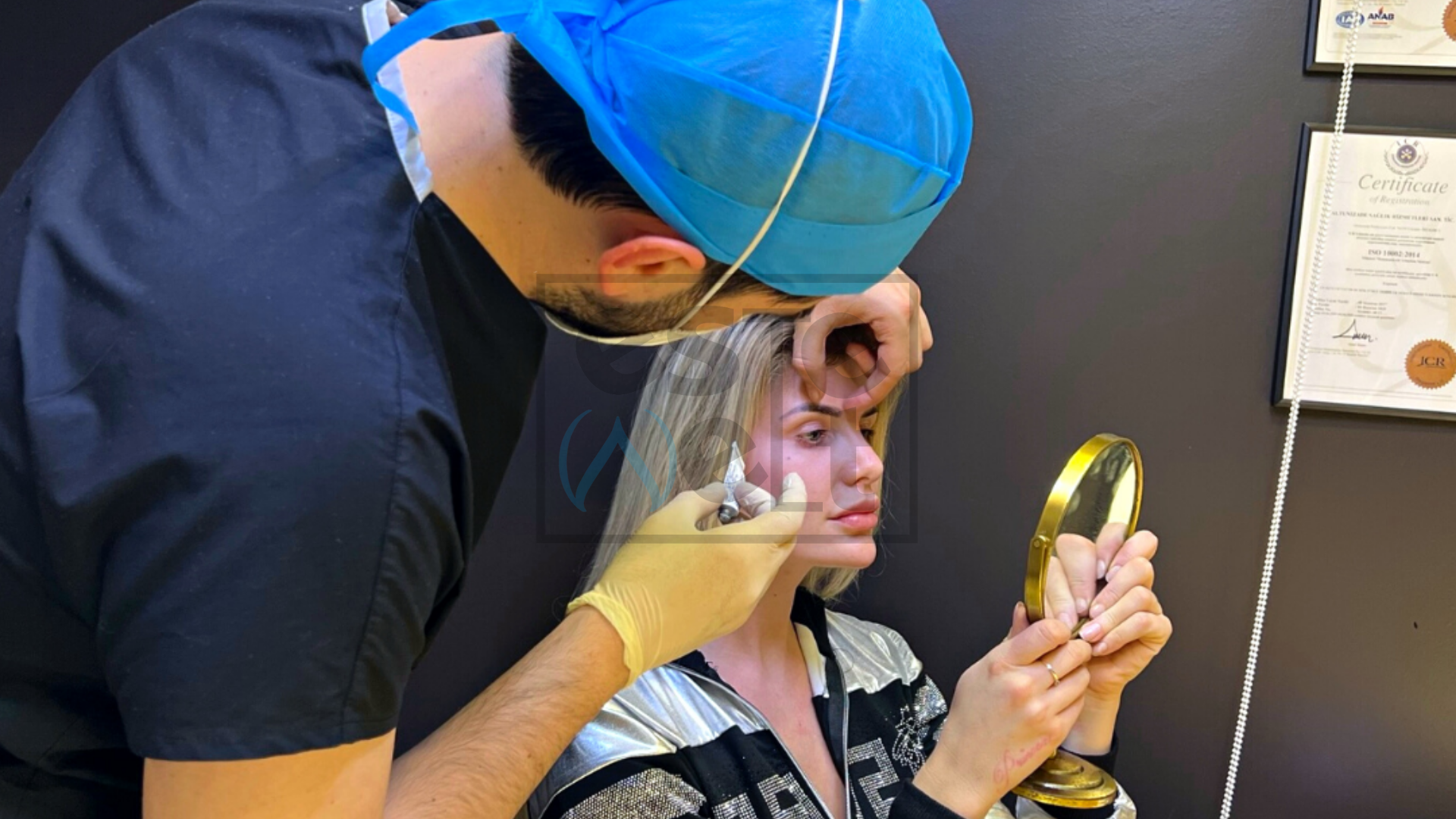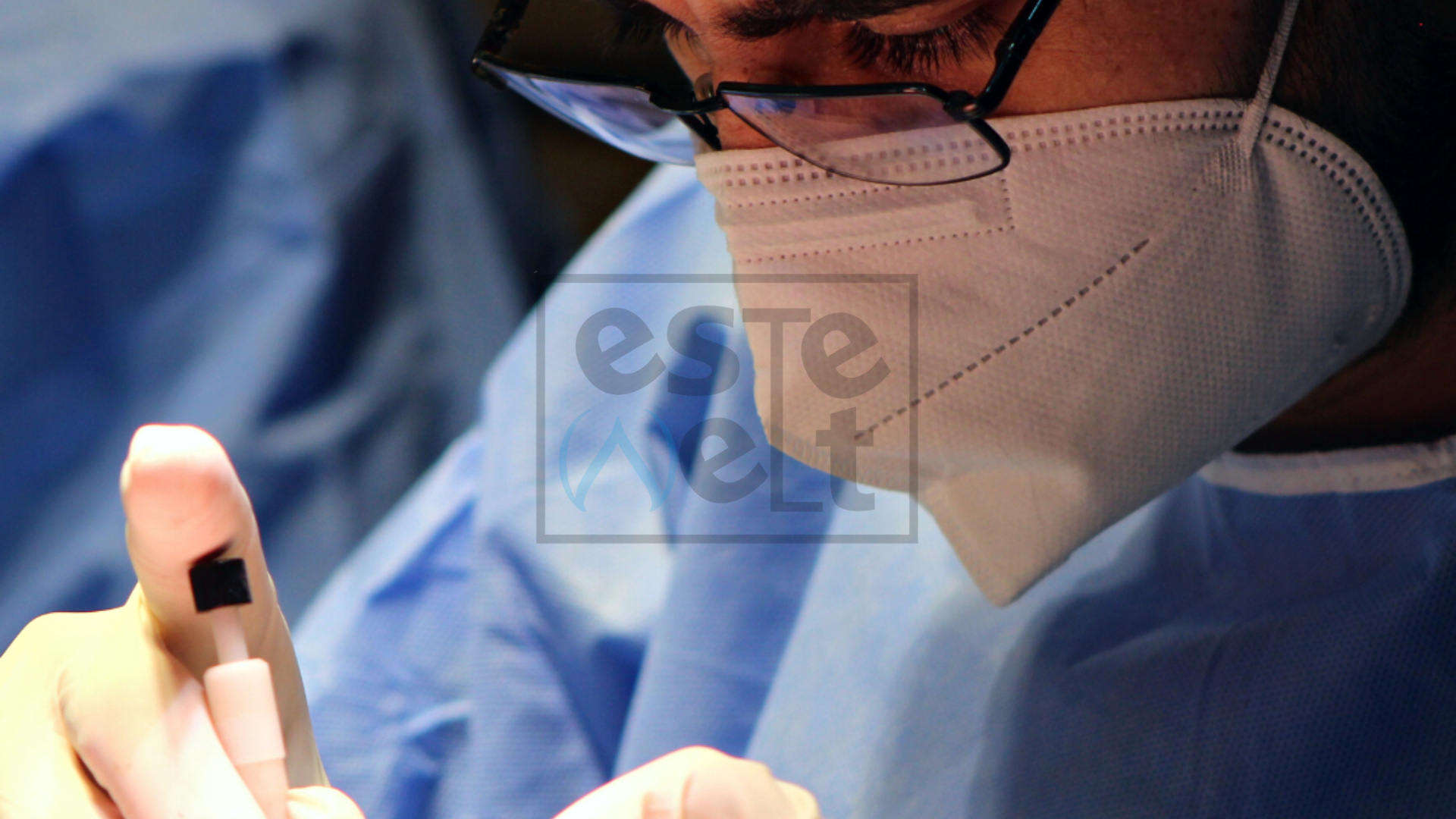"Faces Go On Smiling"
en
A comprehensive patient guide about hair transplantation. Here are some key points we took in our guide:
Before the Operation:
Consultation: The first step in hair transplantation is usually a consultation with a hair restoration surgeon. During this consultation, the surgeon will examine the patient's scalp, assess the degree of hair loss, and determine if the patient is a good candidate for hair transplantation.
Medical History: It's important for patients to disclose their medical history and any medications they are taking to the surgeon during the consultation. Certain medications or medical conditions may affect the patient's eligibility for hair transplantation.
Stop Smoking: Patients should avoid smoking and using nicotine products for at least 2-4 weeks prior to the operation, as nicotine can affect blood flow and reduce the success rate of the transplant.
Alcohol and Caffeine: It is also recommended that patients avoid alcohol and caffeine for a few days before the surgery to minimize the risk of bleeding.
Chemical products such as lotion, gel, conditioner should not be applied to the hair.


The Day of the Operation:
Clothing: Patients should wear comfortable clothing that is easy to remove and put back on after the procedure. Avoid wearing anything that needs to be pulled over the head.
Food and Drink: Patients should have a light breakfast or lunch before the procedure and avoid consuming any food or drink that contains caffeine.
Medications: Patients should follow their surgeon's instructions regarding medications that should be taken before the procedure.
Transportation: Patients should arrange for someone to drive them home after the procedure, as they will not be able to drive themselves due to the effects of the anesthesia.
During the Operation:
Anesthesia: Hair transplantation is usually performed under local anesthesia, which means that the patient will be awake but will not feel any pain.
Donor Area: Hair follicles are typically taken from the back or sides of the patient's scalp, which are resistant to hair loss.
Transplantation Area: The surgeon will create small incisions in the recipient area where the hair follicles will be placed. The angle and direction of the incisions are critical for achieving natural-looking results.


After the Operation:
Rest: Patients should rest for the first few days after the procedure and avoid any strenuous physical activity for a few weeks.
Pain Management: Patients may experience some discomfort and swelling after the procedure, which can be managed with pain medication and ice packs.
Shampooing: Patients should wait for a few days before shampooing their hair and use a gentle shampoo recommended by their surgeon.
Follow-up Appointments: Patients should attend follow-up appointments with their surgeon to monitor the progress of the transplant and ensure proper healing.
